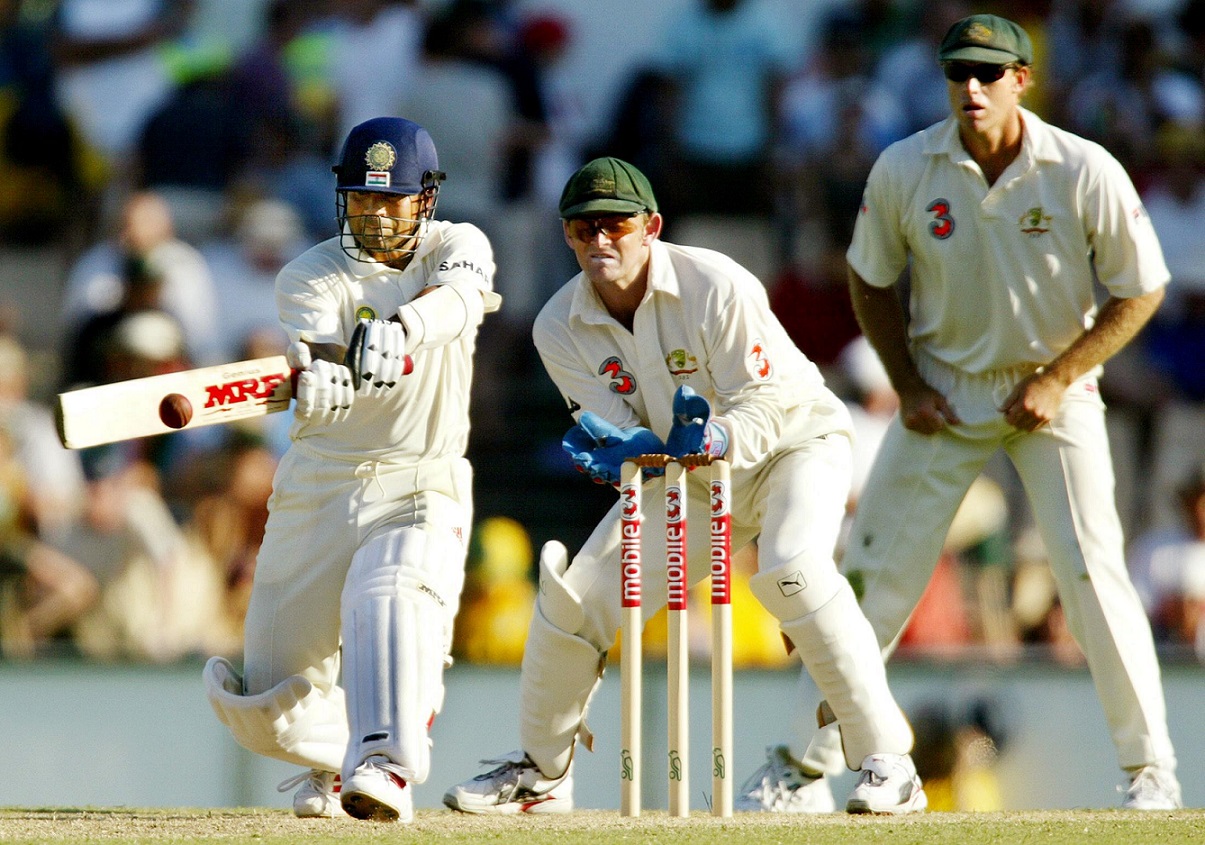 OPINION
OPINIONCricket’s moniker of being a gentleman’s game had a lot to do with the low level of physicality involved with respect to other sports. Even in the realm of other supposedly non-contact sports. No wonder cricketers come in all shapes and sizes. The examples of sheer physicality in cricket have been limited to certain pace bowlers running in with an intention to knock either the stumps or the batsman out.
However, it is one thing to have the built to gallop with purpose, bend your back and release the ball with all the strength the shoulder and the wrist could muster. But, it requires something else to stand fearlessly at the other end, to not flinch as a hard object capable of causing immense pain nears ever so close. Hence, the prominent examples of alpha-masculinity in cricket have been the batsmen who were akin to a formula one driver, living on the edge, unafraid of bodily harm. And nothing is more alpha than a pull shot dismissing the rock thrown with sharp focus and brute force. From Ian Chappell to Viv Richards, the ability to pull or hook the ball has set the alphas apart.
In contemporary cricket, the same holds for Rohit Sharma. Even in his early days of struggle, Rohit’s comfort with pace and bounce stood out. Since he has become a permanent feature in India’s XI in both white-ball formats in June 2013, no other batsman in the world has scored more runs via the pull. Hardly anyone comes close to his strike rate of 260+ on these shots in both formats.
Thus, when Rohit sees a ball pitched in the bowler’s half, his hands instinctively take over to unleash the shot that sets him apart. But, so far as a Test opener, the habit has looked more like an addiction and not in a good way.
Since taking over the role of a Test opener, Rohit has averaged 17.8 on the short balls against pacers, his lowest when compared to other lengths. Before Ollie Robinson and Mark Wood, Pat Cummins in the Sydney Test and Kagiso Rabada in Ranchi have exploited Rohit’s lack of restraint against the short ball.
 At times, the current Indian side goes overboard while backing their decisions instead of accepting the wisdom in hindsight, atleast at a public forum. Rohit’s response after the dismissal in the first innings at Trent Bridge was along familiar lines. “You got to be ready to play your shots as well, because their bowlers are so disciplined, you hardly get anything.”
At times, the current Indian side goes overboard while backing their decisions instead of accepting the wisdom in hindsight, atleast at a public forum. Rohit’s response after the dismissal in the first innings at Trent Bridge was along familiar lines. “You got to be ready to play your shots as well, because their bowlers are so disciplined, you hardly get anything.”
Backing the run-scoring option has become a default response when questioned on shot selection. During the Australia tour earlier this year, Rohit had used his feet to counter Nathan Lyon. His run-scoring option was to hit the ball wide of long-on, which he executed well in Sydney. In the next Test at Gabba, the same shot landed in the palms of the fielder at long-on. Like it always does, getting out to an aerial shot in Tests drew more criticism than a misjudgement around off-stump. “You always have a plan and I actually have no regret of playing that shot. It is something that I always like to do, put pressure on bowlers,” Rohit hit back.
One can teach the technical aspects of the game: head position, elbow position, stance, backlift, footwork etc. But, the virtue of restraint is a natural blessing. Some humans are just born with the pre-requisite level of patience. That is why even with a bucketful of limitations, Cheteshwar Pujara at times stands out in the current Indian set-up filled with expressive and ‘in your face’ players.
Rohit has made considerable adjustments to his game to fulfil his zeal of succeeding in the purest form. He has cut down on all the options where the bowlers can get him out with the new ball. The footwork is a lot more fluid to not make him an LBW candidate. He keeps the bat close to his body and doesn’t go searching for the ball. He plays with the swing and leaves well.
But given his mindset of being a natural stroke-maker, restrain can be arduous especially on a shot that he is supposed to bully the bowlers with. But time and again, even the legends had to learn the art of holding back.
Sachin Tendulkar could play every shot in the book. Atleast, every shot that fell in the purview of what is humanly possible then. He played numerous iconic innings in an envious career. But the one knock that still stands out is the one painted with the grandeur of restraint.
When India toured Australia in 2003-04, Tendulkar averaged 16.4 in the first three Tests. Three of his five dismissals were caught behind. Going into the last Test at Sydney, Tendulkar shunned the cover drive altogether. As he recalls, “In more than ten hours at the crease I did not play a single cover drive. When the Australian bowlers cracked a few jokes at my expense, I remained focused.” What made it even more mentally difficult was VVS Laxman at the other end belting cover drives for fun.
 Tendulkar 241* at the SCG was not only a masterclass of restraint but his wagon wheel from that knock has been a quizmaster’s delight. “It was all totally against my natural instincts and it left me drained but immensely satisfied.”
Tendulkar 241* at the SCG was not only a masterclass of restraint but his wagon wheel from that knock has been a quizmaster’s delight. “It was all totally against my natural instincts and it left me drained but immensely satisfied.”
A more recent example is Virat Kohli in England in 2018. Another player who loves to get on with it, Kohli learnt the lesson in restraint from a dreadful tour in 2014. Even when he faced five times more balls from James Anderson in 2018 as compared to 2014, the proportion of leaves went up from 22% to 32.6%. That translates to around one leave in four to five balls to one in every three balls in the last tour. Thus, four dismissals against Anderson in 2014 converted to none in 2018. Kohli could do with a bit more leaving in the ongoing series as well.
Coming back to Rohit, his dismissal after mistiming a pull in the second innings at Lord’s tested the patience of let-the-batsman-back-his-shots theory. “I think he [Rohit] has made it clear that that is the shot which fetches him runs, so he is going to play those shots,” said India’s batting coach Vikram Rathour after the fourth day’s play. “We are backing him to play those shots, only thing he needs to do is to be a little more selective, with what to play and when to play.”
 Just like every analysis, it is easier to critique than offer solutions. In Rohit’s case, it lies in one of the two options.
Just like every analysis, it is easier to critique than offer solutions. In Rohit’s case, it lies in one of the two options.
Rohit’s natural style is to play the pull by getting underneath the ball with an aim of clearing the ropes. This works in white-ball cricket but might not in Tests as the objective is not to maximize the output but minimize the risk. As Tom Moody pointed out after his dismissal in Sydney, he needs to get on top of the bounce to not let the ball go aerial.
The second option is restraint. The bouncers that have brought Rohit’s downfall in the ongoing series have been those above his eye-line. In the split-second he has to take the call, Rohit will have to hold himself back when the ball bounces higher than the region he can keep it under control.
As a Test opener, Rohit has hardly put a foot wrong. Both at home and away. He has done so by hurting the bowlers by neutralizing their strengths. Now, they are counterpunching by neutralizing his. He has held himself back on so many shots in his quest for success at this level. He might need to recalibrate his alpha instincts for one more.